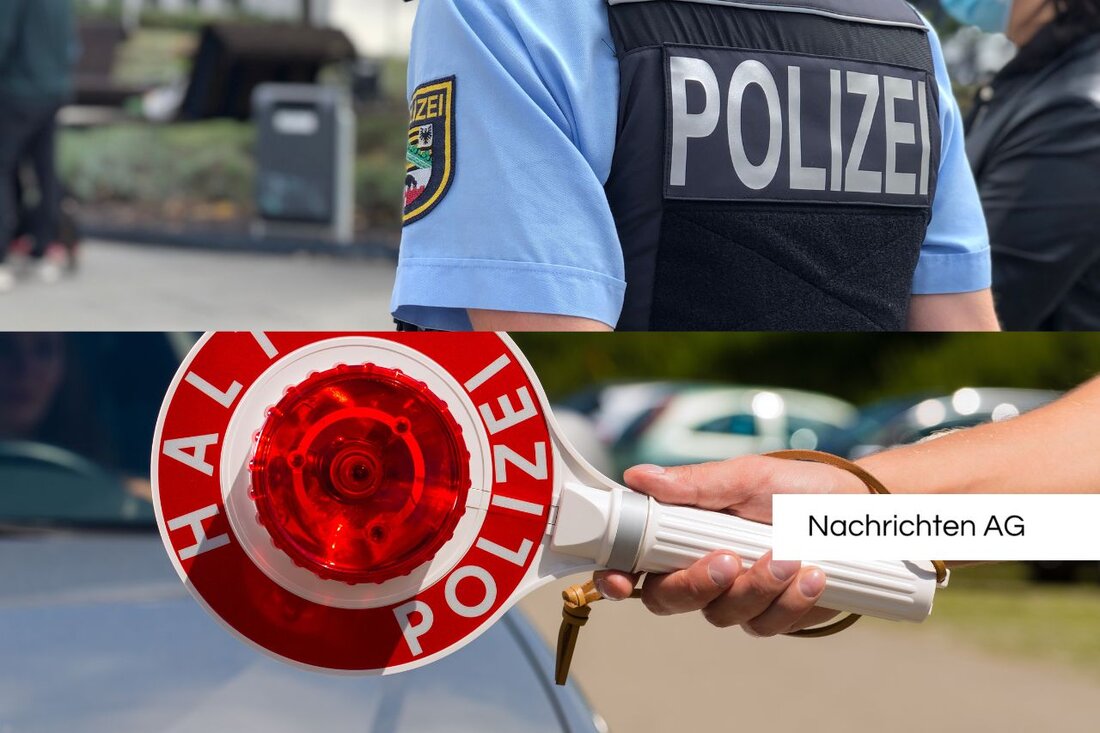Chaos on the highways: heavy rain causes aquaplaning accidents!
Chaos on the highways: heavy rain causes aquaplaning accidents!
On Monday afternoon, July 21, 2025, a number of accidents occurred on the A2, A10, A115 and A9 motorways near Potsdam, which were caused by unexpectedly heavy rain. The motorway police in Michendorf reported an increasing number of incidents in which numerous vehicles were affected. Fortunately, there were no life -threatening injuries, but many inmates complained of injuries and various sheet metal damage was caused. The accidents concentrated particularly in the south and west of Potsdam, especially between Hohen Fläming, Brandenburg an der Havel and Teltow-Fläming. At the time of the report, the exact number of accidents was still unclear, but aquaplaning was identified as the main cause. Inex -adapted speed often played a role in these accidents. A serious incident was reported on the A2, where a Skoda combination came off the road, overturned and landed in a forest. The driver was injured and taken to the hospital; His vehicle suffered total loss. According to a spokesman for the motorway police, all other injuries were less severely affected and the cases were limited to sheet metal damage.
aquaplaning is an often underestimated risk that not only affects older vehicles, but also modern cars with fishing devices such as ESP or all -wheel drive. This danger occurs when the tires "swim" on wet lane and lose contact with the street. As a result, steering and braking commands can no longer be transferred, which often leads to a significant loss of control. It becomes particularly dangerous when drivers try to brake abruptly or steer hectically - this can quickly lead to further accidents. Experts advise reducing speed in heavy rain and paying attention to corresponding signs. This includes speed limits "in the event of wet" and indications of the sling or slide risk. In addition, drivers should be particularly careful on bridges, in curves or in extended lanes, where deeper gear grooves can accumulate.
tips for avoiding aquaplaning
In order to minimize the risk of aquaplaning, experts recommend the following procedures: In wet lanes, drivers should reduce the pace and drive to gear grooves to ensure the contact of the tires with the street. Tires with a sufficiently good profile depth are also crucial; The statutory minimum profile depth is 1.6 millimeters. Anyone who pays attention to a spongy feeling in the steering wheel or how to go crazy about the drive wheels will recognize signs of aquaplaning at an early stage. In such a case, it is important to stay calm, capture the steering wheel, gently steer and take your foot from the accelerator pedal while abrupt brakes should be avoided. These tips are helpful to keep control of the vehicle in critical situations.
That is why it is all the more important in the current weather situation, which also predicts that after a dry summer a damp autumn with frequent heavy rain cases is particularly careful. The risk of aquaplaning is often underestimated, even if it can be significantly reduced by simply lowering the speed. Today's events remind us of how important an adapted driving style is, especially in such changeable weather conditions.
| Details | |
|---|---|
| Ort | Teltow-Fläming, Deutschland |
| Quellen | |


Kommentare (0)